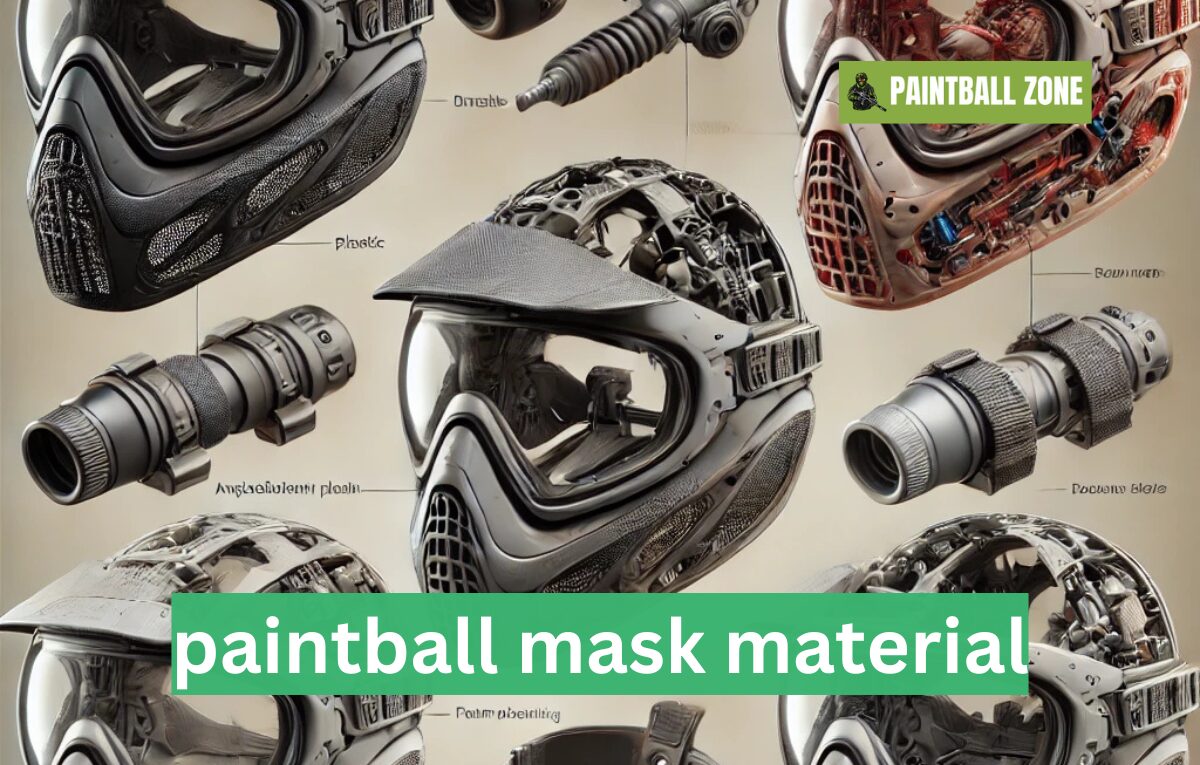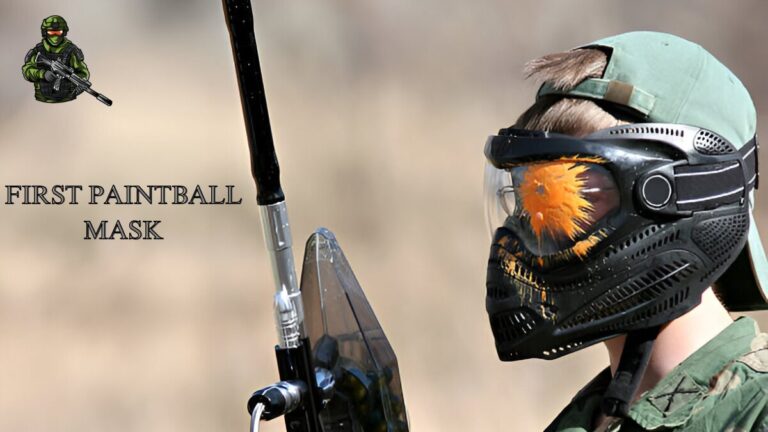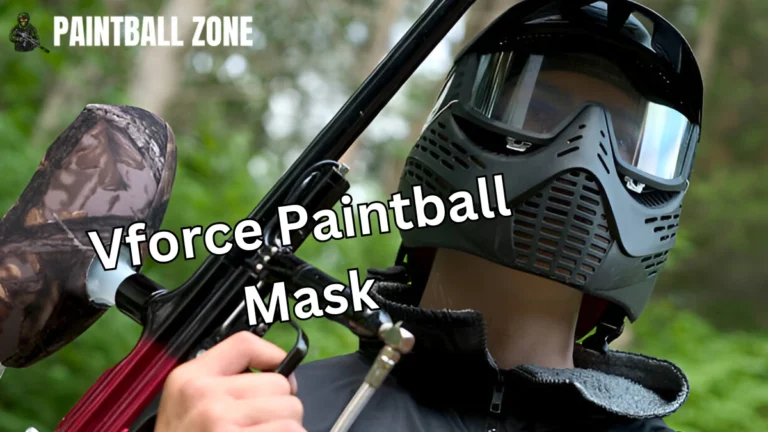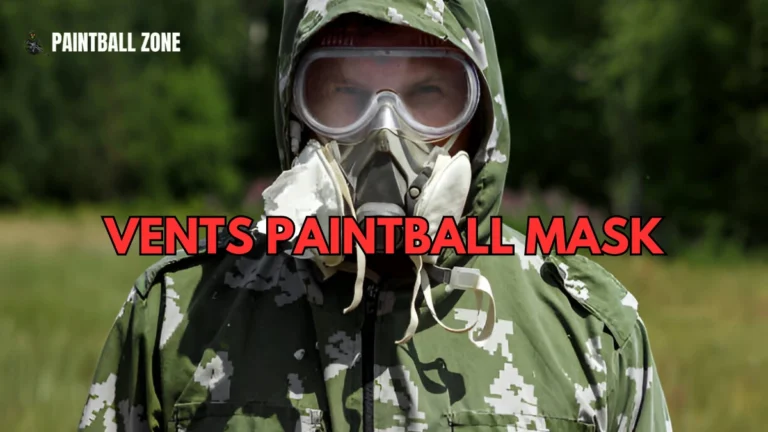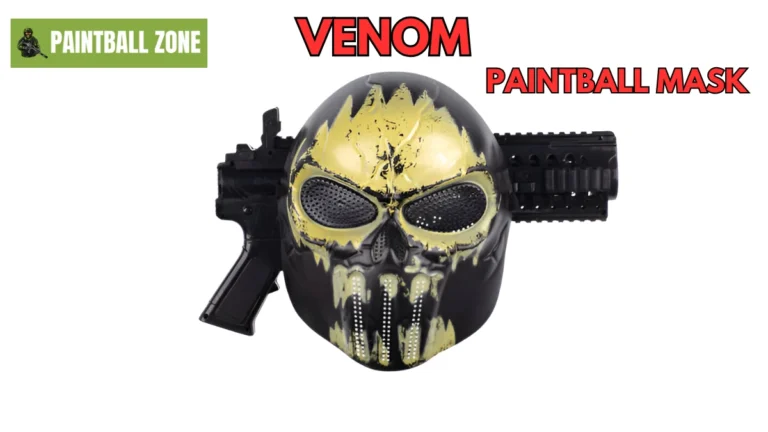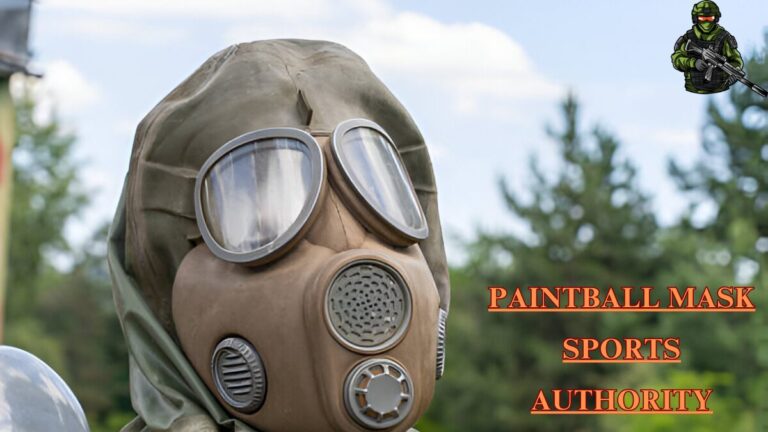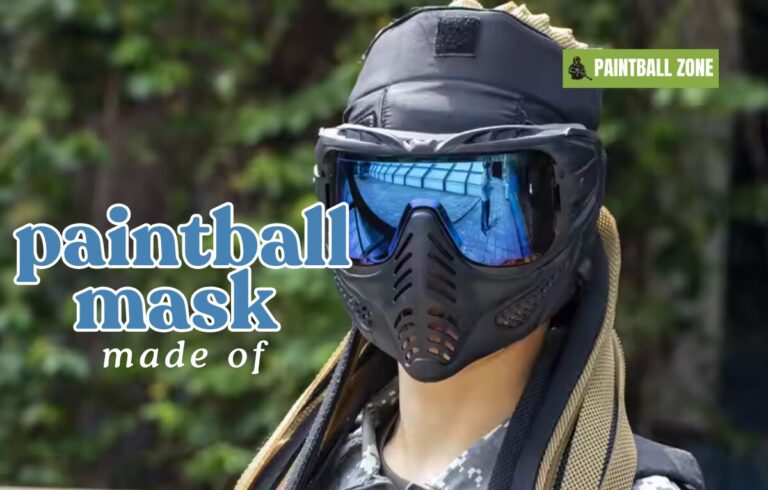Understanding Paintball Mask Material: The Ultimate Guide
Paintball is a thrilling sport, but safety always comes first. The right paintball mask material plays a vital role in ensuring safety, comfort, and an enjoyable playing experience. This guide dives deep into everything you need to know about paintball mask materials, helping you make informed choices for your gear.
Paintball masks are more than just protective equipment; they are an essential component of the game. The materials used in these masks determine their durability, comfort, breathability, and safety. From the lenses to the frames, every component plays a role in shielding players from high-speed paintballs.
Whether you’re a beginner or a seasoned player, understanding the materials used in paintball masks can help you choose a product that meets your specific needs. Let’s break down the anatomy of paintball masks and explore the materials used in their construction.
Anatomy of a Paintball Mask
Lenses: The Heart of Visibility
The lens is one of the most critical components of a paintball mask, as it protects the eyes while providing clear vision.
Types of Lens Materials
- Polycarbonate Lenses: Known for their impact resistance and lightweight nature.
- Thermal Lenses: Made with dual-layer technology to prevent fogging.
- Acrylic Lenses: Budget-friendly but less durable than polycarbonate.
Importance of Lens Coatings
- Anti-scratch coating for durability.
- Anti-fog coating for uninterrupted gameplay.
- UV protection shields the eyes from harmful rays.
Frames: Providing Structure
The frame forms the backbone of the mask, holding all other components together.
Common Frame Materials
- Injection-Molded Plastic: Lightweight and affordable.
- Composite Materials: For high-end masks offering durability and flexibility.
- Rubberized Frames: Provide flexibility and shock absorption.
Why Frame Materials Matter
Frames should be sturdy yet flexible enough to absorb impacts without breaking. Flexible frames also enhance comfort.
Straps: Ensuring a Secure Fit
Straps keep the mask snugly in place during intense movements.
Strap Materials
- Elastic Bands: Adjustable and durable.
- Silicone-Gripped Straps: Prevent slipping for added security.
Features to Look For
- Adjustable length.
- Durable stitching.
- High elasticity.
Key Paintball Mask Materials
Polycarbonate: The Game-Changer
Polycarbonate is the most popular material for lenses due to its impact resistance and optical clarity.
Advantages of Polycarbonate
- Lightweight yet durable.
- Shatter-resistant for ultimate safety.
- Excellent clarity for clear vision.
Drawbacks
- Prone to scratching without a protective coating.
Foam Padding: Comfort and Protection
The foam padding inside paintball masks provides comfort while absorbing sweat and impact.
Types of Foam
- Open-Cell Foam: Soft and breathable, ideal for comfort.
- Closed-Cell Foam: Dense and durable, offering better protection.
- Dual-Layer Foam: Combines comfort and durability.
Maintenance Tips
- Clean regularly to prevent bacterial growth.
- Replace foam when it starts to deteriorate.
Silicone: Anti-Slip Material
Silicone is often used in straps and linings to prevent slipping.
Benefits of Silicone
- High elasticity for flexibility.
- Anti-slip properties for stability.
- Resistant to weather and moisture.
Thermal Plastic Rubber (TPR): Flexibility and Shock Absorption
TPR is commonly used in frames for its flexibility and shock-absorbing properties.
Features of TPR
- Retains shape after impact.
- Lightweight and durable.
- Flexible enough for comfort.
Table: Comparison of Paintball Mask Materials
| Material | Features | Pros | Cons |
| Polycarbonate | High-impact resistance | Lightweight, shatter-resistant | Scratches easily without coating |
| Open-Cell Foam | Breathable, soft | High comfort, sweat absorption | Prone to wear over time |
| Closed-Cell Foam | Dense, durable | Long-lasting, excellent protection | Less breathable |
| Silicone | Anti-slip, elastic | Weather-resistant, stable | Limited use in full mask construction |
| TPR | Flexible, shock-absorbing | Lightweight, retains shape | Expensive in premium masks |
Benefits of Choosing the Right Paintball Mask Material
Enhanced Safety
High-quality materials like polycarbonate and TPR provide superior protection against high-speed impacts.
Improved Comfort
Soft foam padding and silicone linings ensure a comfortable fit, even during long games.
Better Performance
Lightweight materials reduce fatigue, allowing players to focus on the game.
Longevity
Durable materials extend the life of your paintball mask, making it a worthwhile investment.
Tips for Choosing the Best Paintball Mask Material
Match the Material to Your Playing Style
- Aggressive players may benefit from more robust materials like TPR.
- Casual players can opt for budget-friendly options like open-cell foam.
Consider Weather Conditions
- Use thermal lenses with anti-fog coatings for humid environments.
- Opt for UV-protected lenses for outdoor games.
Focus on Durability
Look for materials with added protective coatings to withstand frequent use.
Customizing Paintball Masks
Popular Modifications
- Replacing foam padding for added comfort.
- Upgrading lenses for better visibility.
- Adding silicone straps for improved fit.
DIY Tips for Upgrades
- Use adhesive-backed foam for quick replacements.
- Ensure compatibility when replacing lenses.
- Invest in quality aftermarket parts.
Case Studies: Real-World Insights
Case Study 1: Professional Player’s Choice
A professional paintball player shared how upgrading to a polycarbonate thermal lens improved visibility in foggy conditions, enhancing performance.
Case Study 2: Budget-Friendly Alternatives
An amateur team opted for masks with open-cell foam padding, balancing cost and comfort during casual games.
Conclusion
The materials used in paintball masks significantly impact your safety, comfort, and overall playing experience. Whether you’re a beginner or a professional, understanding the properties of materials like polycarbonate, foam, silicone, and TPR can help you make an informed decision.
Investing in a high-quality paintball mask ensures a safer and more enjoyable game. Remember, the right mask doesn’t just protect you—it elevates your performance. Choose wisely, and you’re set for countless thrilling paintball battles.
FAQs About Paintball Mask Materials
- What is the best material for paintball mask lenses? Polycarbonate is the best choice due to its impact resistance and optical clarity.
- How do I clean foam padding in a paintball mask? Use mild soap and water, then air dry completely before use.
- Can I replace the lenses of my paintball mask? Yes, most high-quality masks allow lens replacement.
- Are thermal lenses worth the investment? Absolutely. They reduce fogging and improve visibility, especially in humid conditions.
- What is TPR, and why is it used in paintball masks? TPR (Thermal Plastic Rubber) is flexible and shock-absorbing, making it ideal for mask frames.
- How often should I replace foam padding? Replace foam padding every 6-12 months or when it shows signs of wear.
- What are the benefits of silicone straps? Silicone straps prevent slipping, ensuring a secure fit during gameplay.
- Are there any eco-friendly paintball mask materials? Some manufacturers use recyclable plastics and biodegradable foam options.
- How do anti-fog coatings work? They reduce moisture buildup on lenses, maintaining clear vision.
- Can I customize my paintball mask? Yes, many players upgrade foam, lenses, and straps for personalized comfort and performance.

